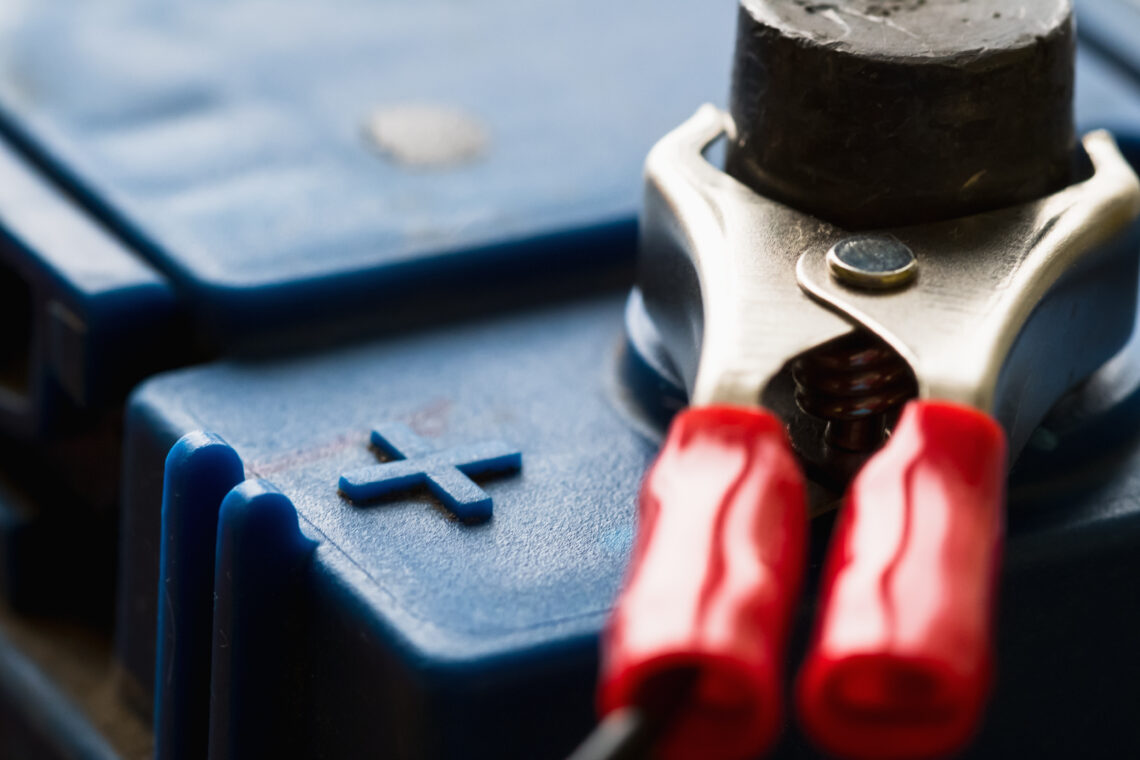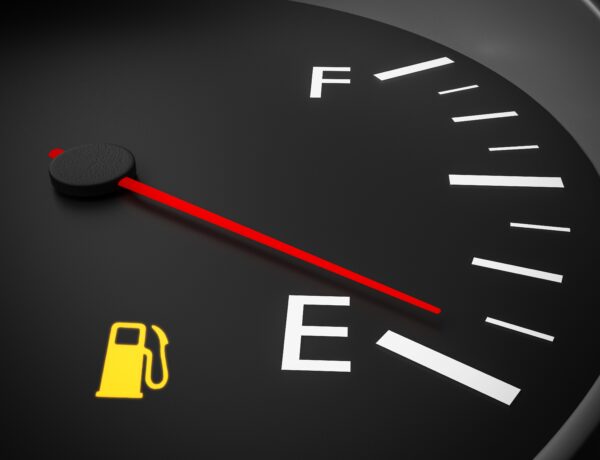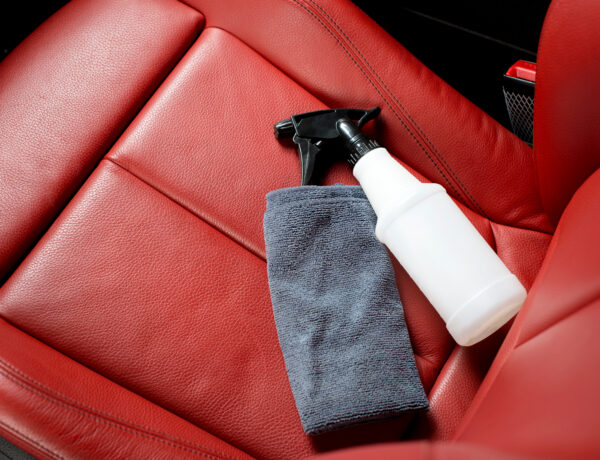The more technology takes over our vehicles, the less we have our hands and brains on the inner workings and needs of those very same vehicles. However, that doesn’t stop issues from occurring that seem simple yet can lay beyond our base knowledge. Today we’re taking a look at one of the most common car situations that can occur so the next time your battery dies, you’ll have all the skills and answers to questions you didn’t even know to ask,
How To Jump a Car
When your car battery dies, there’s an easy solution to your problem: jumping the car. Knowing how to jump-start, or jump, your car is important because it can help you restart your car if you’re stranded on the road with a dead battery. Whether you have a bad battery that you need to have replaced or just need a quick fix after leaving your headlights on, this is a valuable skill for any driver. Keep reading to learn about jumping your car, including how it works, the safety precautions you can take, and a step-by-step guide.
How jumping a car works
Jumping, or boosting, a car works by providing power from an external source, such as the battery of another vehicle or a portable jump starter, to start the battery in your car. Sometimes, a low battery needs a quick jump to get it operating again, while other times you need a replacement. Regardless of the reason for the dead battery, jump-starting can often start the engine in a disabled car or truck.
Safety precautions when jumping a car
Jumping your car comes with some safety risks, which you can reduce by taking the following precautions:
- Wear eye protection. Wearing eye protection ensures that discharged or moving parts of your car’s engine don’t impact your eyes. While rare, a catastrophic failure when jumping a vehicle can cause batteries to explode, and goggles or safety glasses can protect your eyes.
- Remove any jewelry and loose clothing. Most jewelry is made from conductive material, so removing it can prevent shocks from the battery, while loose clothing can get caught in the engine. Once you remove these items, you’re less likely to experience an accidental electrical discharge from the engine or other injuries.
- Never touch the positive to the negative. When you’re jumping a car, never touch the positive and negative connectors together. This can create a loop of electricity and an electrical discharge, which can electrocute you or create a buildup in the battery and cause a small explosion or fire.
- Don’t touch the cables to metal surfaces until the very end of the process. Once you start connecting the cables, ensure only the last, black, negative connector touches a bare metal surface. This can prevent discharges and sparks from happening, keeping you safe while you attempt to start the car’s dead battery.
How to jump a car
Below are steps you can follow to jump your car:
- Collect the materials you need. These include jumper cables or a battery pack and its wires, and protective equipment such as eye protection and gloves. Having the materials ahead of time can help you save time and be prepared if your battery dies while you’re away from home.
- Park the other car near yours. If you’re using another car as your power source to jump the dead battery, park the other car near enough to your own car that the jumper cables can reach. It’s easiest to park the other car directly in front of your car for the best access to the two batteries.
- Organize your equipment and materials so you can reach everything easily. This includes placing it somewhere where it isn’t touching either your vehicle or the power source, and you can reach it without touching the cables after you start to connect them.
- Connect the red cable first. To start, connect one end of the red, positive cable to the dead battery. Typically, cars have posts marked positive for the red cable. Then, connect the other end of the cable to the positive post of the power source.
- Connect the black cable. Connect the first end of the black, negative cable to the negative post of your power source. Then, connect the other end of the cable to an unpainted metal part of the engine compartment of the vehicle with a dead battery so that you can ground the vehicle and allow electricity to flow between the working power source and the dead battery.
- Turn on the other vehicle. Start the car you’re using to jump your dead battery. This powers the circuit you created when you connected the cables. Let the booster car run for at least a couple of minutes.
- Test the battery. After you connect the cables and start the other vehicle, you can test the dead battery by trying to turn on the vehicle. If your vehicle starts, then the battery is functioning again, though it may be time for a replacement battery or maintenance on your vehicle.
- Remove the cables. To start putting things away, remove the black cable first, starting with the end attached to the unpainted metal within your engine compartment. Then, reverse the process you used to connect the other wires. You can place the cables on the ground to ensure they don’t touch another power source. during this process.
- Let your car run. It’s important to let your car run, either by idling or driving, for at least 15 to 20 minutes to continue charging the dead battery after a successful jump start. Then, you can take it to the nearest maintenance shop or location where you can buy a new battery. You can test if the battery works by turning your car off and trying to start it again.
What cable goes first?
When you’re jumping a car, the red, positive (+) cable goes first. This cable creates part of the power flow between the working power source and the dead battery. It also starts the simple circuit you’re using to jump the car, so once it’s connected, ensure you don’t touch the positive cable or connectors with the black, negative (-) cable or connectors or other metal surfaces of the vehicle.
Tips for jumping a car
When you jump a car, there are several tips that can help you do it successfully:
- If you’re using another vehicle as the power source, park the two vehicles close together, but make sure they don’t touch.
- Before you start, identify which terminals on the battery or batteries are positive and negative and which ends of the jumper cables are the same.
- If you’re uncomfortable performing any of the tasks to jump the car, call a professional who’s familiar with jumping a car so you can get back on the road faster and safer.
- If the vehicle with a dead battery starts after jumping the battery, let it run for at least 20 minutes while still connected to the power source to let it charge more effectively.
- If you’re jumping a hybrid or electric vehicle, ensure you know where the car’s battery is and learn how to charge it by using the vehicle’s owner’s manual.
Troubleshooting while jumping a car
When you’re jumping a vehicle, there are some steps you can take to troubleshoot. If the jump start doesn’t work, meaning the car with the dead battery doesn’t start, check that you connected the cables correctly. If necessary, you can disconnect the cables in the reverse of how you connected them, check the battery posts and cable clamps to ensure the metal is exposed, and then reconnect them starting with the positive cable’s ends.
If reconnecting the cables doesn’t work, you can also let the working vehicle or battery pack run for five minutes before trying again. This can allow the working vehicle’s battery to produce more electricity, which might help charge the dead battery more effectively. You can also ensure the battery in the car is actually dead or drained, rather than simply being disconnected from the engine. You can tell if your battery is potentially disconnected if you can move it around in its housing in the engine compartment.
Ultimately, if you can’t jump-start the dead battery and engine of the vehicle, then consider calling a tow truck to bring your car to a mechanic. You can also call a roadside assistance service, as it may be able to help you jump-start the battery, or send a tow truck if you’re unable to jump the battery. You can also make arrangements to replace your car’s battery if you learn that its current battery is no longer reliable.
If you’re looking for a replacement vehicle or a second car, then Flexcar has what you need. When you Flexcar, you can search for the make and model of the car you want and then test it out to ensure it’s a good fit for your needs. Roadside assistance and maintenance are included for a hands-off, worry-free experience if your battery fails.




